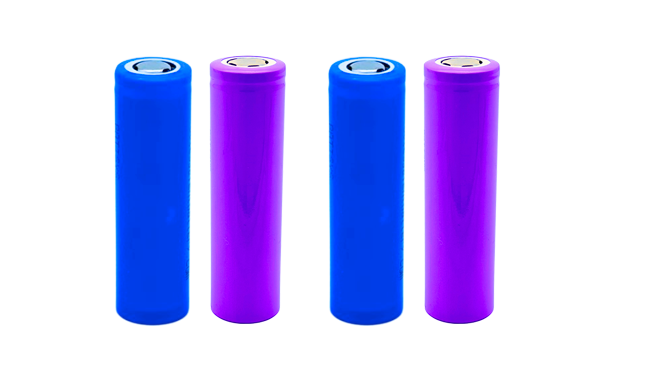Preparation process and flow of
18650 lithium battery manufacturers,Firstly, the preparation of polarizer:
1、 Ingredients
Positive electrode: Mix a proportion of polyvinylidene fluoride (PVDF) and N-methylpyrrolidone (NMP) in a stirrer and adjust the stirrer speed; Then add the positive electrode active material and carbon black, evacuate, and adjust the stirrer speed.
Negative pole: Mix latex and water in proportion in the mixer, adjust the mixer speed to; Then add CMS, evacuate, and adjust the mixer speed.

2、 Coating
Place the aluminum strip (with copper strip as the negative electrode) flat on the coating machine, ensuring that the aluminum strip does not deviate, wrinkle, run smoothly, leak or slip. Apply the prepared slurry evenly onto the machine and set the corresponding parameters, including the positive electrode slurry speed, negative electrode slurry speed, oven temperature, and coating width. During the walking process, it is necessary to observe whether the slurry is straight, without tilting or misalignment, and whether the thickness of the slurry applied to the aluminum strip (copper strip) is uniform and consistent.
3、 Vacuum drying
Place the coated positive and negative electrodes in a vacuum oven for drying, with a vacuum degree of -0.09MPa.
4、 Cut large pieces
Cut the coated positive electrode sheet into large pieces of a certain length (depending on the specific battery design), with a cutting machine speed of 55mm/min, and the cut should be free of burrs.
5、 Scraper blade
Scrape off the slurry on one end of the positive and negative electrodes to prepare for ultrasonic spot welding, and use double-sided scraping.
6、 Roll pressing
Press the strip-shaped pole pieces into pole pieces of a certain thickness for winding, strictly control the thickness of the pole pieces during pressing, and the deviation of the end and tail of the pole pieces after rolling shall not exceed 0.010mm. At the same time, keep the tablet press clean and clean it with alcohol every 2 hours.
7、 Cut small pieces
Cut the cut large pieces into strip-shaped pieces of a certain width (depending on the specific battery design), ensuring that the cut is free of burrs.
